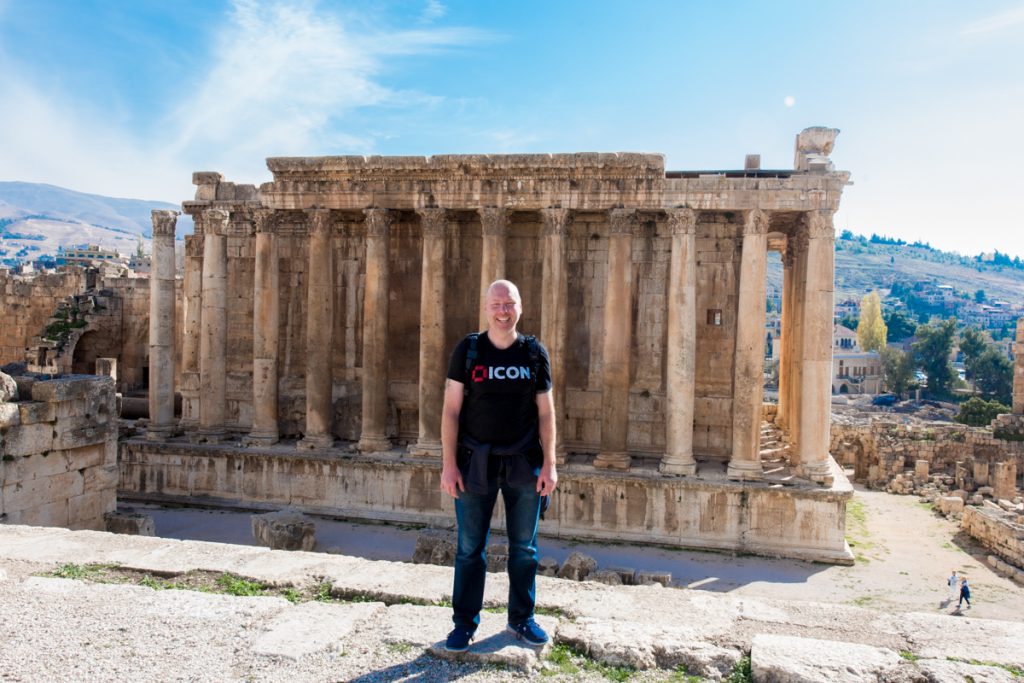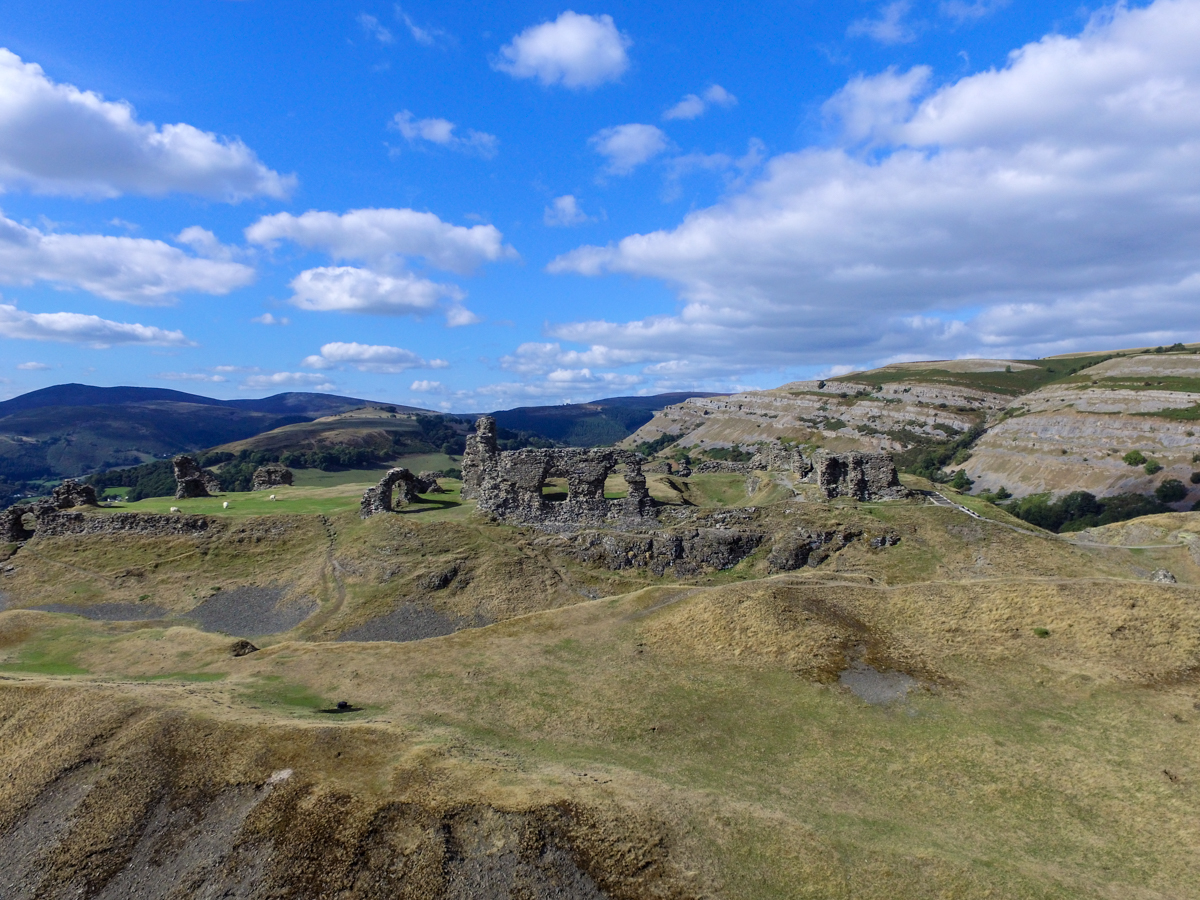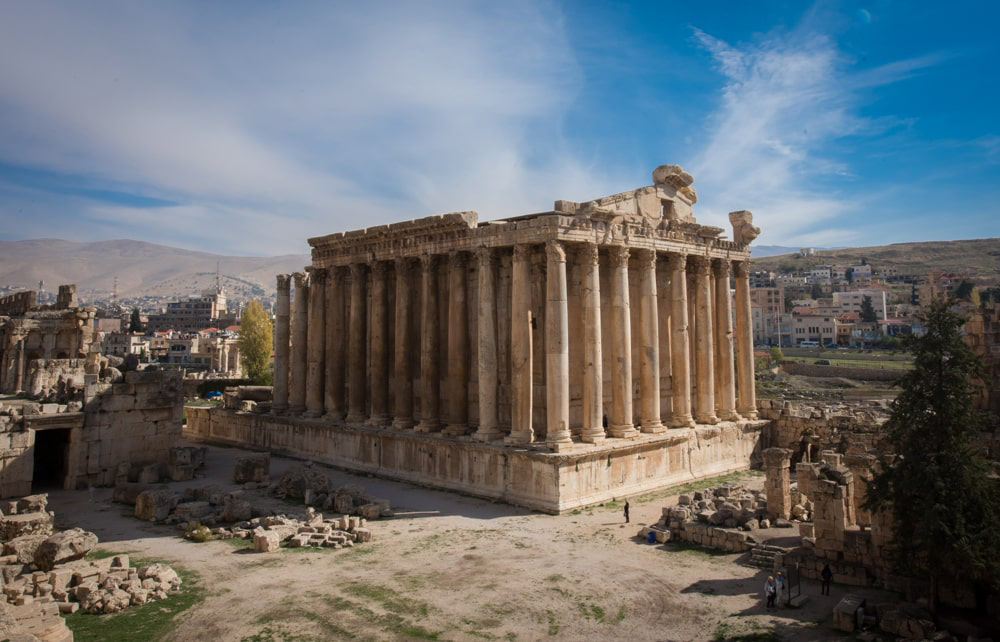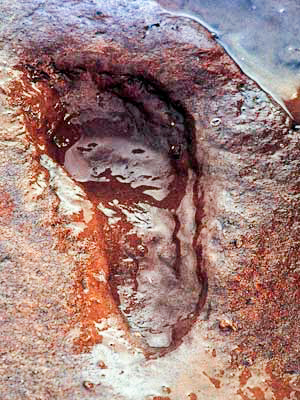
I have a fascination for ancient monuments and the mysteries which shroud them, perhaps it is an obsession? After visiting the temple of Baalbek in Lebanon, I was blown away by its largest building blocks which weigh an estimated 800 tonnes or more, used in the oldest part of its construction. In Egypt there are also many examples of huge megaliths in their statues and within their monuments. In the construction of temple mount in Jerusalem there are also huge building blocks, the largest called the Western Stone weighing an estimated 500 tonnes. I started to research who else in history had been capable of moving such enormous megaliths or was it a localised phenomena that had never been replicated any where else on earth? I wanted to get some back ground knowledge on moving megaliths and started with a few simple questions first.
- What is the heaviest megalith moved in recent times utilising modern technology?
- Could the victorians with their inventiveness and tenacity move large megaliths?
- Were the Romans capable of moving enormous monoliths with their organisation and enormous number of slaves at their disposal?
- Where else in the world are there comparable megaliths that had been transported?
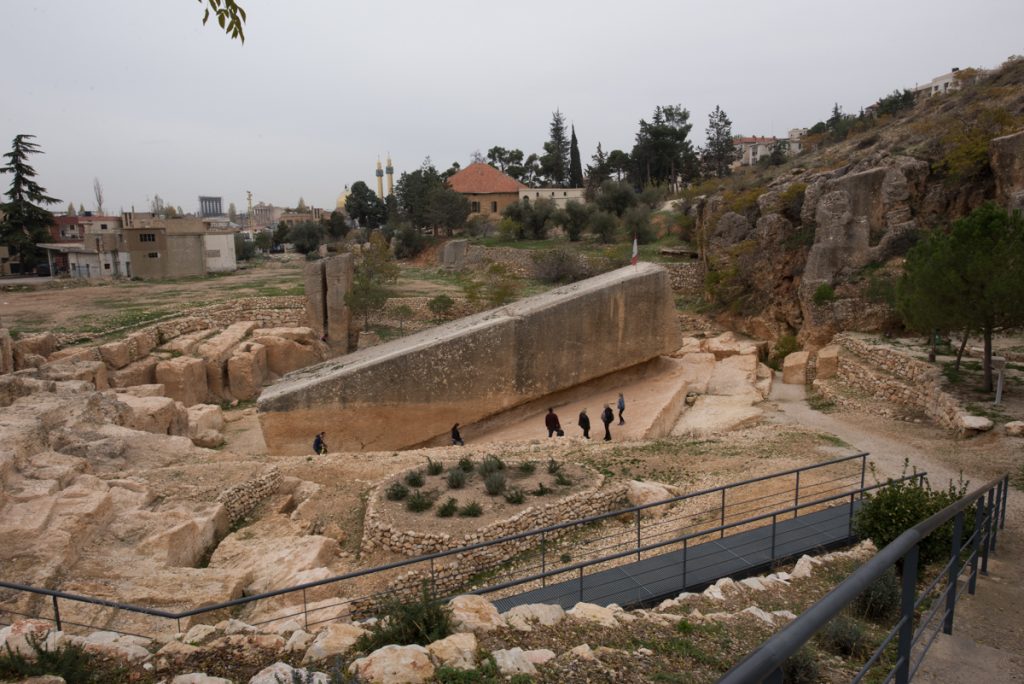
I also want to look at a mighty megalith which was used for a plinth for a statue in Russia called the Thunder Stone, reputedly the largest piece of stone ever moved. I have to be honest and say my research suggests it is far from the largest stone ever moved, but I’ll come to that. So what about the heaviest single piece of stone moved in recent times with modern technology at their disposal? This was a 21 foot tall granite boulder weighing an astounding 340 Tonnes which was installed at the Los Angeles County Museum of Art in 2011. This artwork was the brain child of artist Michael Heizer who named his work Levitated Mass. It is supported on two anchors points over a walkway cut beneath, allowing visitors to experience this colossal megalith on the way into the museum. According to the LA post it was moved over the course of nine nights moving at 6mph, a logistical puzzle of epic proportions!

To give you a sense of perspective, the machinery required to move this boulder was an articulated lorry measuring 295 feet long, 27 feet wide, it had 22 axles with 196 wheels and required a crew of 12 people to operate it. The move also required the modern infrastructure of roads and very strong bridges to complete it. Did ancient people really just use pure muscle power when moving megaliths up to 800 tonnes and then elevate them several meters off the ground with joints so precise that no mortar is required and it is not possible even today to fit a piece of paper into the joints? Did they have different technology at their disposal which has been lost and we need to rediscover?
What about the Thunder Stone in Russia I mentioned earlier? It is quoted in many articles as being the heaviest megalith ever moved. There does seem to be a number of flaws to this quote I feel. There is a painting of the megalith on the first day of work, it was reputed that Catherine the Great of Russia was in attendance and at this point the megalith was estimated to be 1250 tonnes. The final mass of the block after carving is estimated to be in the region of 400 tonnes. The story goes that the Thunder Stone was carved on route to its final destination, could it have been it was carved mainly where it was found and fine tuned along the way? We will never know for sure but if it was me moving the stone, I would cut the block down as much as possible first and then move it. To me this is just common sense, but what is for sure is the final boulder is no where near 1250 tonnes of its original size. Let us not take anything away from the work force however large the megalith that was moved, a 400 tonne block moved without the use of modern technology, that is a very serious undertaking!

Below is a picture taken around 1915 from Nioas in Indonesia of a megalith being moved on wooden rollers, a huge undertaking according to records requiring 525 people to move and erect this single piece of stone. If this was correct how many people would it have taken to move the much larger megaliths of Baalbek, Egypt and Israel, would it even be possible to do this with such enormous blocks. I am not convinced it is possible to move the biggest blocks simply with muscle power alone.

The area around Manchester in the UK has many old victorian buildings and factories. The Victorian builders were craftsmen when it came to building with stone. The town halls of Manchester, Rochdale and Bolton are amazing to the credit of the architects and builders. The stone work in the buildings was not enormous however and the biggest pieces of masonry from my investigations seem to be in the foundation’s of the steam engines and water wheels used in factories. The Victorians did not see the merit in creating buildings with such enormous blocks, they were very utilitarian when it came to factories and so efficiency prevailed, meaning only the correctly calculated sized pieces of stone were ever moved. So why did the ancients use such enormous stones in that case?
I wrote about the temple of Baalbek in a previous article and why I do not think it was the Romans who built the foundations, so I am going to talk a little about what we know the Romans did move and construct. The largest building blocks used in the temple of Bacchus at Baalbek for example were calculated to be 180 tonnes. They did use larger single pieces of stones such as the ones which can be found in the commemorative Stella they erected, similar to Nelsons column but in a single piece such as Pompey’s pillar in Alexandria Egypt, weighing an estimated 285 tonnes. The Romans used building projects to demonstrate their prowess and power and yet the scale of their building blocks were dwarfed by earlier monuments and civilisations regardless of the number of slaves they had at their disposal.
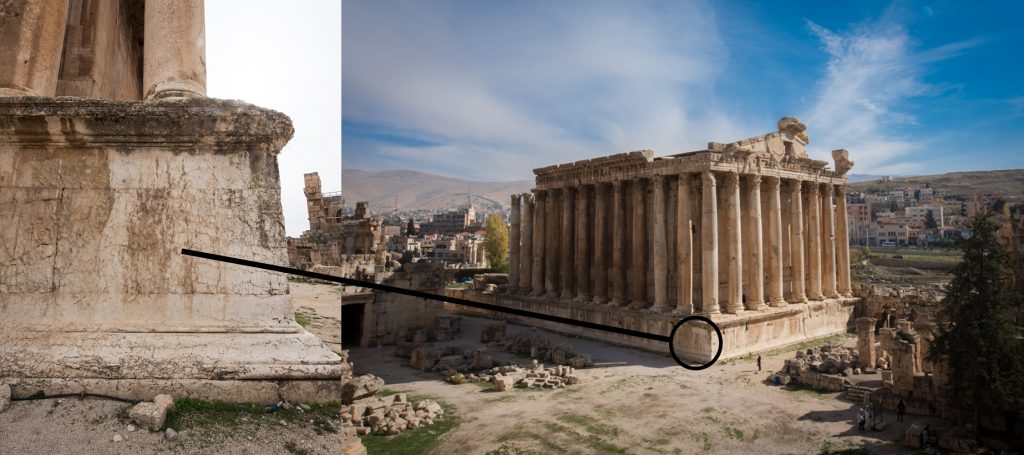
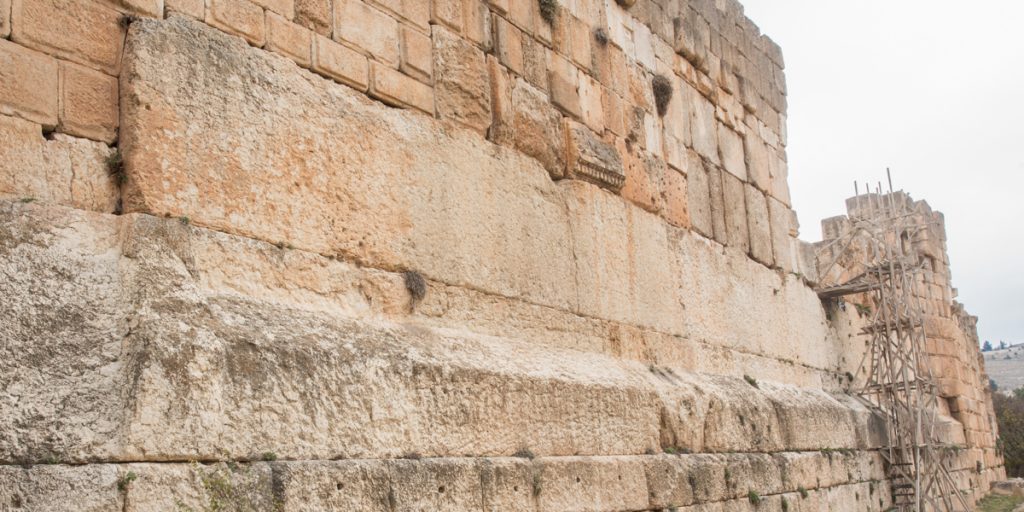
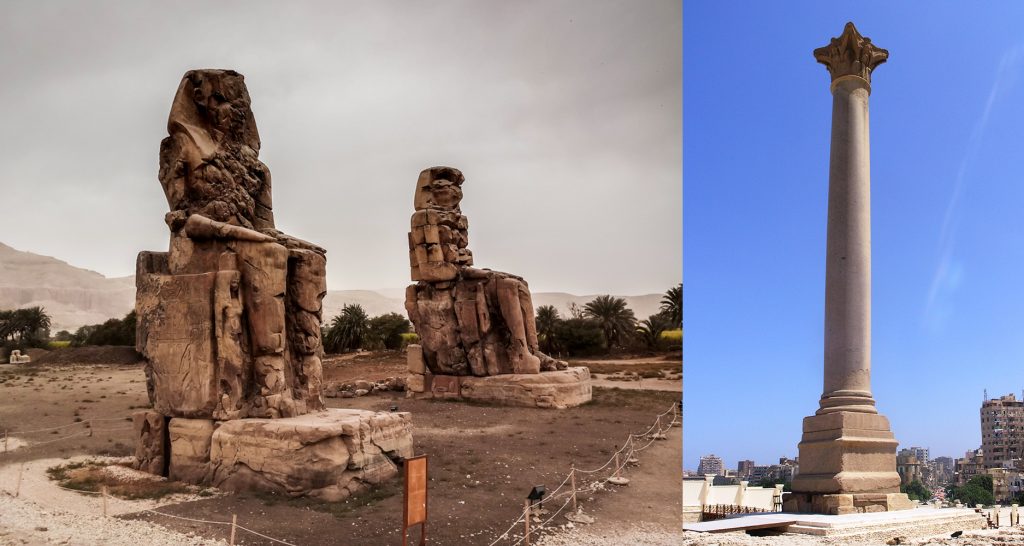
In Axum in Ethiopia there are huge obelisks called stele. The largest collapsed stele is estimated to weigh 520 tonnes and it is connected to King Solomon through his wife the Queen of Sheba whom together they had a son Menelik I, one of the first Ethiopian Kings. King Solomon was also married to a Pharaohs daughter, linking him therefore to Egyptian royalty and the knowledge of ancient Egypt. It is said King David, King Solomons father was responsible for the building of Temple Mount with the Western Stone contained within. Is it possible that it is King Solomon that links the Temple of Baalbek, Egyptian knowledge, the Western Stone and also the Great Stele of Axum? The story of flying carpets goes back all the way to King Solomon in folk lore, I wonder what this generation of Kings and Pharaohs really knew about moving objects?

I don’t think any civilisation including the Romans have managed to replicate what the ancient Egyptians and the builders of Baalbek and the Temple Mount achieved. Why did they use such amazingly huge pieces of stone work? Well, definitely to last is the very simple answer, but what did they want to last? Was it their name, their legacy or their ideas and beliefs. I think it was their ideas and beliefs and perhaps we need to start looking at our ancient past with fresh eyes. It is reputed that the Knights Templar were focused on this knowledge and searched in the buried ruins of King Solomons temple during the crusades. When they returned to France they built 80 beautifully ornate Cathedrals in approximately 80 years at a time when the country was on its knees and with new building techniques to allow for much grander monuments. They built like the ancients with great precision utilising sacred geometry and they built on existing sacred ground such as Chatres Cathedral which was built over an ancient holy spring.

Perhaps the Knights Templar did learn some of King Solomons secrets, although they never moved such huge megaliths. Perhaps looking at the early cathedrals of France is our first step in understanding the lost knowledge contained within some of our ancient monuments? I feel a return trip to France is on the cards to look at more of these early Cathedrals to see where this investigation takes me next. Perhaps a trip into a labyrinth the Knights Templar placed in these Cathedrals, also a very ancient practise with roots in ancient Egypt and India could answer some of my questions?
